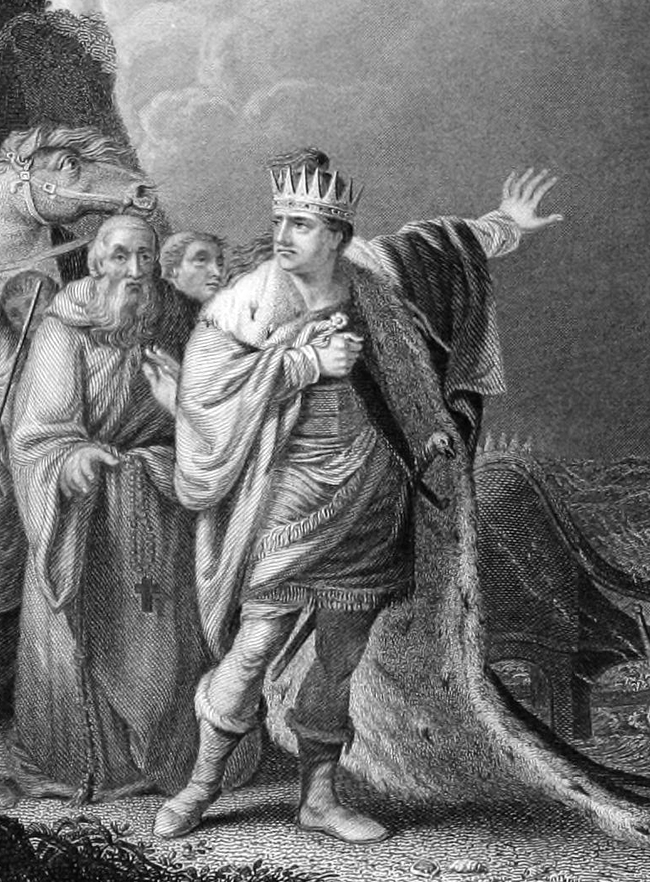Posts Tagged ‘Five Pound Coin’
The Sapphire Jubilee – a first in British Royal history
This year Her Majesty Queen Elizabeth II will celebrate her Sapphire Jubilee – the first ever British monarch in history to do so.
It is the first Sapphire Jubilee to be celebrated in British Royal history and as you can imagine this is a significant event for collectors and an occasion that deserves celebration.
The Royal Mint have issued a brand new £5 coin to mark the occasion, so I thought I’d take a look back at the history and timeless designs of previous UK jubilee coins issued during Her Majesty’s reign…
Own the brand new Sapphire Jubilee £5
Click here to own the brand new UK £5 coin issued by The Royal Mint to celebrate Her Majesty’s Sapphire Jubilee – the first British monarch in history to do so.
Who was King Canute and why is he on the new UK £5?
Today marks 1,000 years since the coronation of King Canute and to mark the anniversary, The Royal Mint have issued a brand new UK £5 coin. But who was King Canute?

The Royal Mint have issued this brand new UK £5 coin to celebrate the 1,000th anniversary of the coronation of King Canute
Hailed the ‘king of all England’
50 years before the Norman Invasion of 1066, Canute crossed the North Sea and won the throne of England.
Recognised as one of the most prominent kings of the Anglo-Saxon era, Canute is widely remembered for conquering kingdoms across northern Europe including England, Denmark, Norway, and areas of Sweden.
Born in Denmark, King Canute’s exact birth year is unknown, although it is thought to be between 985–995 AD. Canute grew up at a time when the crown of England was being ferociously fought over by the Anglo-Saxons and the Vikings.
Canute became the undisputed successor to the English throne in 1016 after months of warfare between Canute and Edmund Ironside (son of Æthelred ‘The Unready’) and his coronation took place on the 6th January 1017 at the Old St Paul’s cathedral.
Canute or Cnut the Great?
Canute was originally known as Knútr (which means ‘Knot’) in Old Norse and in Denmark he is still known as Knud den Store (‘Cnut the Great’).
Anglo-Saxons rarely used the letter K and the letter combination ‘CN’ was quite normal in Old English, so his name was spelt CNUT in the Anglo-Saxon Chronicle and, importantly, on coins issued in his name in England and Denmark.
Later medieval writers turned this into ‘Canutus’ which became the spelling ‘Canute’, often seen in modern English as a more familiar modern day spelling.
A historical coin
King Canute’s achievements and influence paved the way for the nation we recognise today. He strengthened the currency, initiating a series of coins of equal weight to those being used in Denmark, so it’s only fitting that the design of this brand new £5 coin has been inspired by the original currency of King Canute.
This is the first time ever The Royal Mint has commemorated a 1,000-year anniversary on a coin – an occasion of real significance.
Own Britain’s new £5 coin – the first release of 2017
Today you can own the brand new 2017 UK £5 coin issued to mark the 1,000th anniversary of the coronation of King Canute – an anniversary never before celebrated on a UK coin.
Does the UK now have a new Five Guinea coin?
Does the UK now have a new Five Guinea Coin? That’s the question collectors have been asking since the Royal Mint’s revelation this morning of a brand new and very unusual £5 coin to commemorate the Queen’s historic milestone as Britain’s longest ever reigning monarch.
Both sides of the coin feature new commemorative designs, with a new effigy of Her Majesty on the obverse and the Coronation Crown she wore in 1953 as the principal focus of the reverse.
Double commemorative designs like this are not unusual for the £5 coin – for example, the recent 2012 Diamond Jubilee £5 Coin.
But what has surprised and confused collectors is an apparent double denomination which is unprecedented on a British coin.
The usual denomination ‘Five Pounds’ appears alongside the Queen’s portrait as it has done since the very first £5 coin in 1990. The unexpected addition is the wording ‘One Crown’ on the reverse.
Return of the Crown
The Crown denomination was first introduced in the 16th century during the reign of Henry VIII, and had a value of Five Shillings. It retained that value right up until decimalisation in 1971 when it was re-tariffed to its new decimal equivalent of 25 pence.
A total of four ’25 pence’ coins were issued between 1972 and 1981 although interestingly the new decimal denomination was never actually used on the coins and they have always been known as ‘Crowns’ owing to their identical size.
In fact historically, the denomination ‘Crown’ has very rarely appeared on the coin itself, and the words ‘One Crown’ never have, which adds even more confusion over its inclusion in the Royal Mint’s latest issue.

The Guinea was last struck in 1813 but its denomination of £1 and 5 pence is still recognised today in livestock markets and at the races.
Whilst the new coin has an official face value of £5, the extra “One Crown” wording suggests a total face value of £5.25 – the equivalent of 5 Guineas. So perhaps the new Longest Reigning Monarch Coin will become known to collectors as Britain’s New 5 Guinea Coin?
At the moment, all we can be sure of is that the unusual nature of this coin means it will be a numismatic curiosity for many years to come.
You can reserve one of these new £5 coins today – simply click here to secure your UK Longest Reigning Monarch £5 now.








